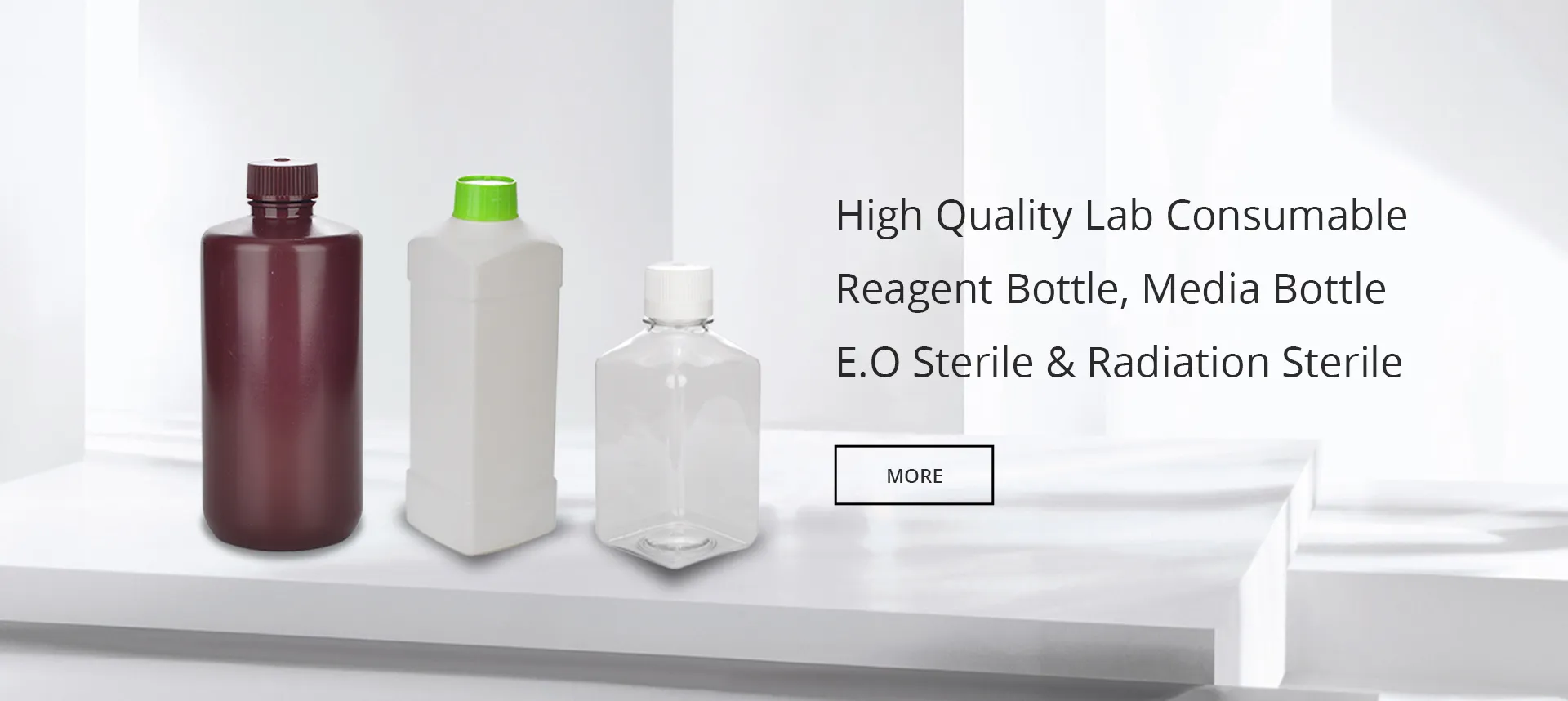blood sample collection tube name
The Importance of Blood Sample Collection Tubes in Medical Diagnostics
Blood sample collection is a foundational practice in modern medicine, providing critical information for the diagnosis, monitoring, and management of various health conditions. Central to this process are the blood sample collection tubes, which come in a variety of types, each designed for specific purposes. These tubes are not merely containers; they play a crucial role in preserving the integrity of the blood sample from the moment it's drawn until it reaches the laboratory for analysis.
Classification of Blood Collection Tubes
Blood sample collection tubes can be categorized based on their color-coded caps, which signify the type of additive contained within. Each type of tube is intended for particular tests, dictating the collection, storage, and handling procedures.
1. Red Top Tubes These tubes are usually used for serum collection and contain no additives. Blood collected in these tubes is allowed to clot, and then the serum can be separated by centrifugation. They are often used for a range of serological tests and hormone analyses.
2. Blue Top Tubes These contain sodium citrate and are primarily used for coagulation studies. The anticoagulant property of sodium citrate prevents blood from clotting, allowing for accurate measurement of clotting factors. The ratio of blood to anticoagulant must be carefully maintained for valid test results.
3. Green Top Tubes These tubes contain heparin, another anticoagulant used for plasma collection. They are valuable in situations requiring rapid test results, as they allow for quicker processing of plasma without the need for additional clotting steps.
4. Lavender (or Purple) Top Tubes These are used for complete blood counts (CBC) and contain ethylenediaminetetraacetic acid (EDTA), which is a potent anticoagulant. The use of EDTA helps to maintain the morphology of blood cells, making these tubes essential for hematology tests.
blood sample collection tube name

5. Gray Top Tubes Containing sodium fluoride and potassium oxalate, these tubes are specifically designed for glucose testing. The sodium fluoride acts as a glycolytic inhibitor, preventing the breakdown of glucose in the blood sample, which can lead to inaccurate test results.
The Collection Process
The process of blood collection is quite standardized, yet it requires meticulous attention to detail. Healthcare professionals must ensure that the correct tube is used for each type of test. Using the wrong tube can lead to contamination, improper test results, or even the rejection of samples by the laboratory.
1. Preparation Before blood collection, it is vital to have all necessary materials, including gloves, alcohol swabs, and the appropriate collection tubes. A clear understanding of the required tests and their corresponding tubes is essential.
2. Venipuncture The site is cleaned with an antiseptic to minimize infection risks. A needle is then inserted into the vein, allowing blood to fill the collection tubes in the right order to prevent cross-contamination of additives.
3. Handling and Transport After collection, tubes must be gently mixed (if required) and properly labeled with patient information and test details. Timely transport to the laboratory is crucial to ensure that the samples remain viable for testing.
Conclusion
In summary, blood sample collection tubes are indispensable tools in clinical settings. Their design and intended use are specifically tailored to meet the requirements of various diagnostic tests. Understanding the critical role these tubes play not only aids in improved patient outcomes but also optimizes laboratory efficiency. As advancements in medical technology continue to evolve, the importance of maintaining the integrity of blood samples through proper collection and handling practices cannot be overstated. Accurate diagnostics ultimately hinge on high-quality samples, making the choice of blood collection tubes a topic deserving of attention and expertise in the healthcare field.
-
Aesthetic Makeup Spray Bottles | Fine Mist Empty RefillableNewsAug.19,2025
-
White Plastic Veterinary Vaccine Vials | Lab Liquid BottlesNewsAug.18,2025
-
Plastic Medicine Liquid Bottle: Secure Flip Top Drug VialsNewsAug.17,2025
-
Durable 250ml Blue Plastic Vaccine Vial for Lab & Vet UseNewsAug.16,2025
-
Sterile Virus Sample Tubes: Secure & Reliable Specimen CollectionNewsAug.15,2025
-
White 250ml Plastic Vaccine Vial for Lab & Vet MedicineNewsAug.14,2025
























